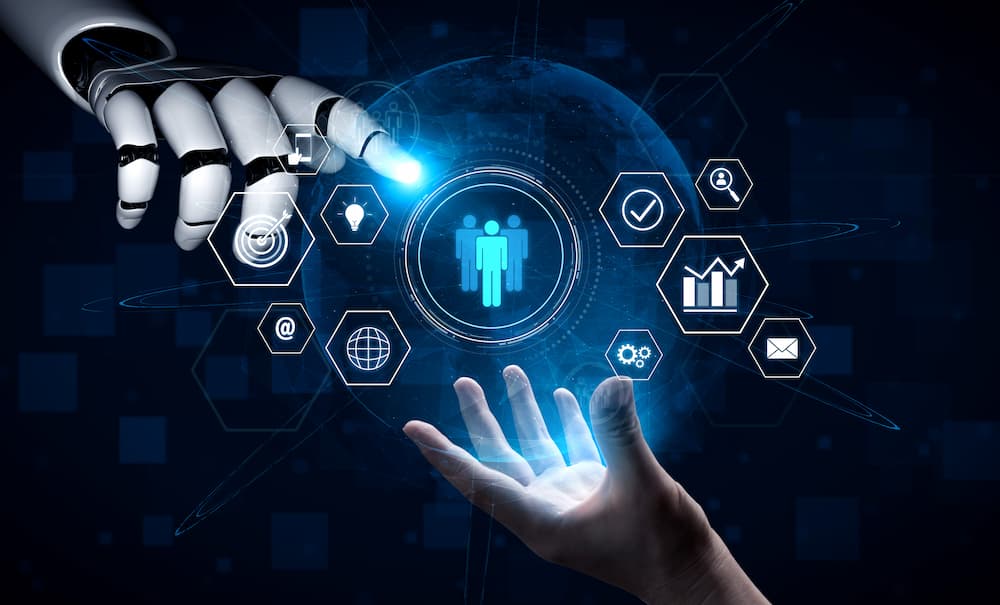Leading change in today’s workplace is no easy task, especially when employees come from multiple generations, expectations are changing and technology advances faster than many teams can follow. For HR professionals, staying ahead involves more than just managing processes—it requires guiding employees through change, encouraging learning and fostering a culture that welcomes experimentation.
These challenges were highlighted in a recent AsiaHRM survey conducted between August and September 2025, which interviewed 70 leading organizations in Hong Kong. About 45% of respondents employed 1,000-5,000 employees, and insights were gathered from CHROs and HR Directors. The survey identified AI adoption, talent recruitment and retention, optimizing HR value with limited resources, succession planning, multi-generational collaboration and change management as the primary challenges facing HR leaders in Hong Kong this year.
The survey also found that while over 60% of organizations are exploring AI to reduce workloads, only 35% are confident in their HR teams’ technological capabilities. Employees are increasingly concerned about ethics, data privacy and resistance to change, highlighting that the real challenge lies not in the technology itself but in managing people through the change, as AsiaHRM Founder Rita Tsui noted.
In the latest Asia HR Leaders Live Series, a LinkedIn Live Series organised by AsiaHRM and supported by HRM Asia, Tina Ko, Vice President for HR at Mattel Asia-Pacific, shared insights on how HR leaders can navigate these challenges, particularly AI adoption, while building a culture of continuous learning and a growth mindset across the organization.
Ko emphasised that the first step in embracing AI—or any new technology—is for HR leaders to lead by example. “We have to walk the talk,” she said. “As HR leaders, it’s essential to understand how AI works, experiment with available tools and champion adoption within the organization.”
See also: These are the 5 pillars driving Mattel’s employee wellbeing strategy
Mattel’s AI journey includes demystifying, highlighting benefits
Mattel’s AI journey began three years ago with an ideation phase, followed by pilot programs, and more recently, enterprise integration. Early initiatives included workshops to demystify AI, highlight its potential benefits and address risks such as bias, hallucinations and concerns about accuracy. By empowering HR teams with knowledge and hands-on experience, Mattel positioned them as change enablers, ready to guide employees through adoption.
A critical factor in success, Ko explained, is executive leadership involvement. Leaders not only endorse AI adoption but also demonstrate its practical use. At Mattel, tools like Copilot are used to capture meeting minutes, track action items, prepare presentations and analyse pulse survey data. Additionally, ChatGPT Enterprise, a secure AI tool, has been rolled out globally, allowing employees to enhance productivity across a wide range of tasks. By embedding AI into daily workflows, employees develop familiarity and confidence in using these technologies.

Ko also emphasised peer guidance and cross-functional collaboration. Programs such as AI communities and AI champion initiatives allow employees to share insights, troubleshoot challenges and advocate for adoption within their teams. These initiatives also provide HR with key adoption metrics, including usage levels, participation rates and employee feedback, helping to track readiness and address gaps proactively.
Beyond technology, Ko highlighted the importance of cultivating a growth mindset and a culture of continuous learning. Employees have varied learning preferences—some thrive in group sessions, others through self-paced modules and many benefit most from hands-on experimentation. Mattel offers multiple learning approaches and encourages employees to view every trial as a learning opportunity.
“There’s no such word as failure—every experiment is a chance to learn,” Ko said. Leaders further embed this mindset by dedicating time in meetings for employees to share insights, lessons learned and challenges.
When assessing readiness, Mattel discovered early on that some functions, such as design, were already experimenting with AI, while others required more structured support. By identifying early adopters and providing targeted training for other teams, Mattel gradually increased overall competency and engagement.
Ko stressed that AI adoption is fundamentally a people challenge. Fear, anxiety and uncertainty about AI are common, and HR’s role is to address these concerns, foster trust and create confidence. Transparency, openness and strong communication are essential leadership qualities for guiding digital transformation successfully.
Measuring adoption goes beyond using metrics. Ko noted that engagement in AI communities, participation in learning programs and employee feedback provide insight into both effectiveness and areas for improvement. Programs like AI champions allow HR to identify barriers, tailor initiatives and showcase benefits, further encouraging adoption.
As the session concluded, Ko left HR professionals with a clear message: “AI will not replace us—but those who understand AI will thrive. The quicker we learn, the more AI becomes a partner to help us achieve our objectives and make a meaningful impact in the organization.”



















